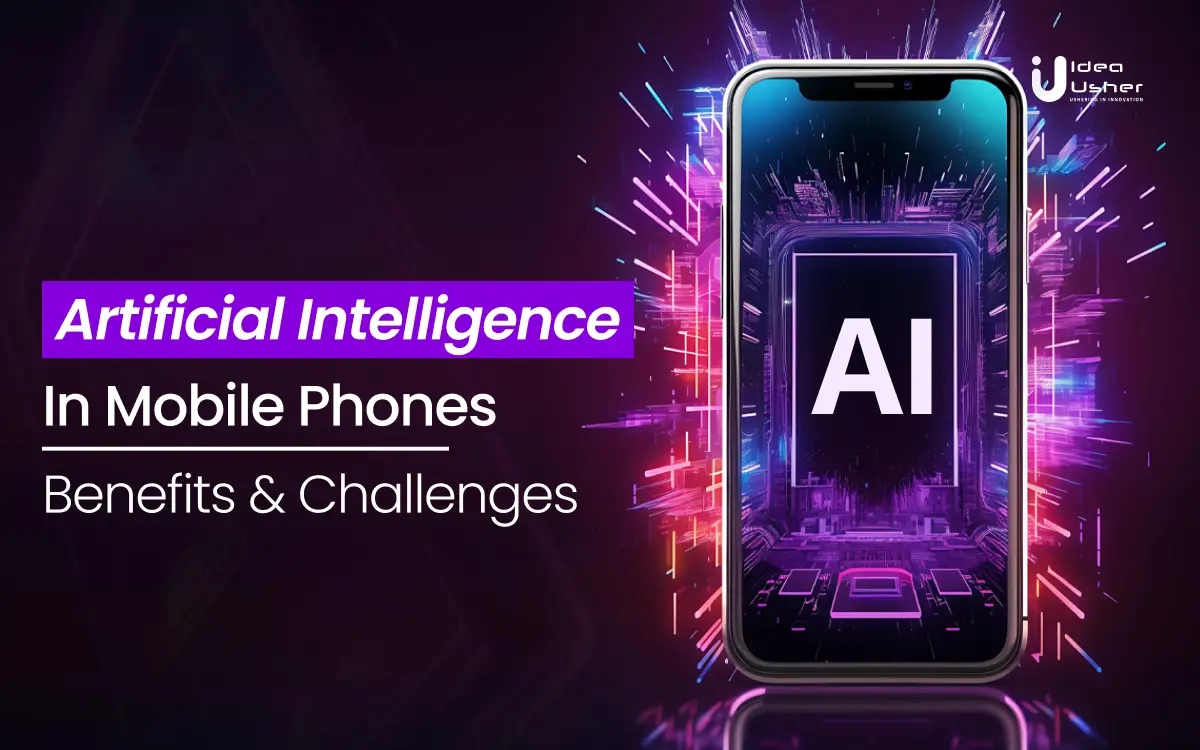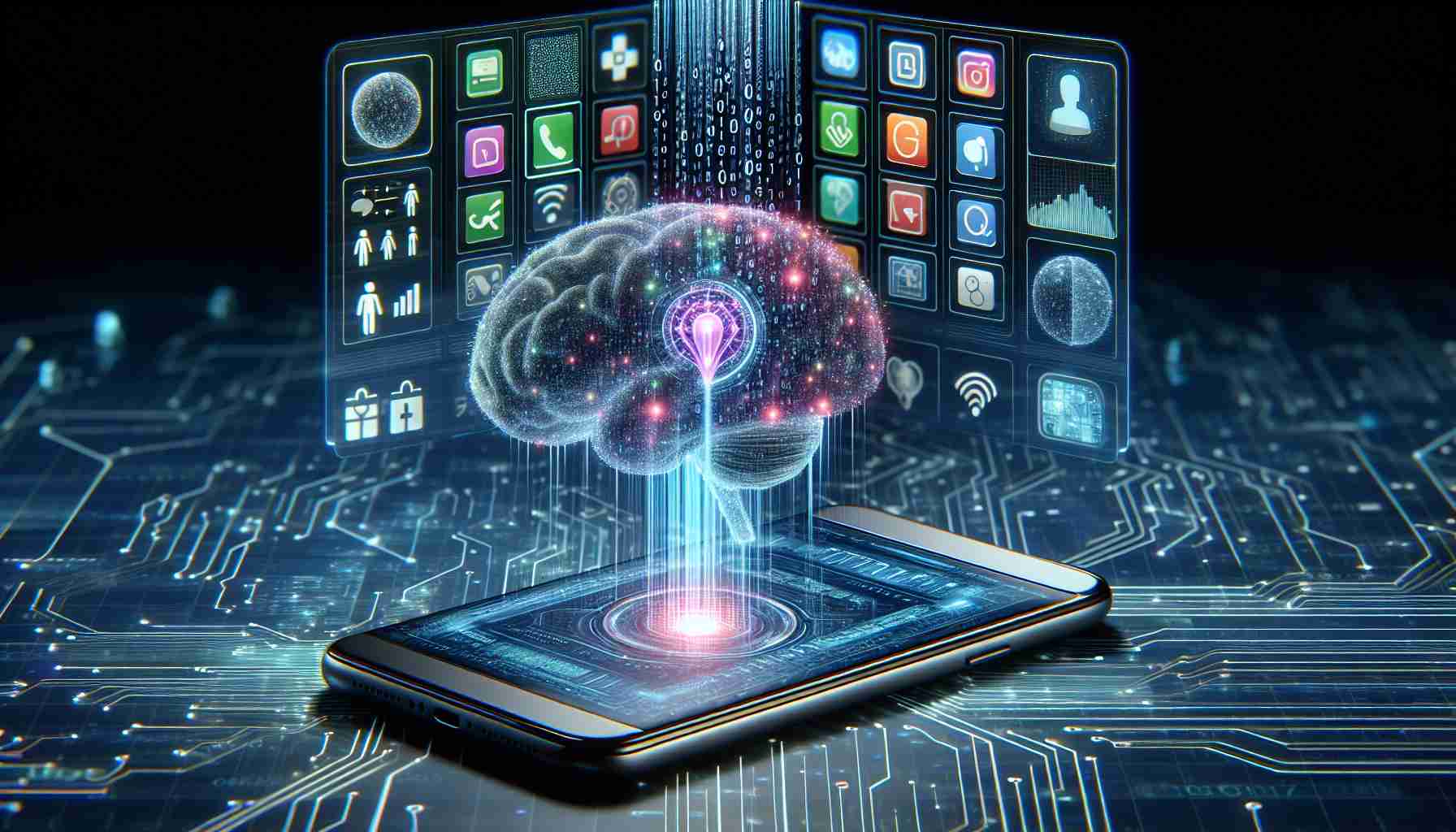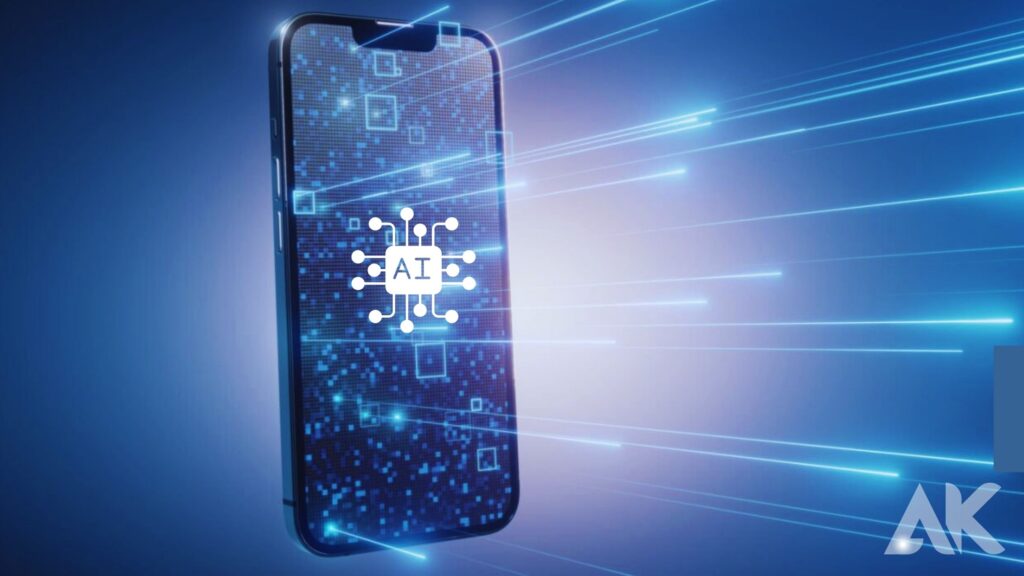"Unlock the Future: Discover the Mind-Blowing AI Features That Make Today’s Smartphones Unstoppable!"
AI-Powered Smartphones: The Best AI Features in Today’s Phones (2025 Edition)
Introduction to AI in Smartphones
Artificial intelligence refers to the simulation of human intelligence processes by machines, particularly computer systems. In the context of smartphones, AI enables devices to perform tasks that typically require human intelligence, such as recognizing speech, identifying images, and making decisions based on data analysis. The integration of AI into smartphones has transformed the way users interact with their devices and unlocked a host of new functionalities.
1. Camera Enhancements

One of the most significant advancements in smartphones is the integration of AI in camera technology. AI algorithms optimize photo quality by adjusting settings based on the scene, resulting in stunning images.
Scene Recognition
AI-powered cameras can analyze the scene in real-time and automatically adjust settings to optimize image quality.
Example: The Samsung Galaxy S24 features a camera that can recognize over 50 different scenes.
Portrait Mode
AI has also revolutionized portrait photography by enabling advanced bokeh effects.
Example: The Apple iPhone 15 uses machine learning to create a natural-looking depth of field effect.
Low-Light Photography
AI technology has made significant strides in low-light photography.
Example: The Google Pixel 8 is renowned for its Night Sight feature.
2. Voice Assistants

AI-powered voice assistants have become an integral part of the smartphone experience.
Task Management
Voice assistants can help users manage their schedules and perform tasks hands-free.
Example: Google Assistant can schedule appointments and send texts.
Smart Home Integration
Many voice assistants can control smart home devices.
Example: Amazon Alexa is integrated into many smartphones.
Language Translation
AI-powered voice assistants can assist with language translation in real-time.
Example: The Google Assistant can translate conversations.
3. Battery Management

AI technology optimizes battery usage by learning user habits and adjusting settings accordingly.
Adaptive Battery
Example: Android 12 introduced the Adaptive Battery feature.
Power Saving Modes
AI can enhance traditional power-saving modes.
Example: The Samsung Galaxy S24 includes a power-saving mode.
4. Personalized User Experience

AI enhances user experience by learning individual preferences.
App Recommendations
Example: OnePlus OxygenOS adapts to user habits.
Smart Notifications
Example: The iOS Focus Mode uses AI to determine relevant notifications.
5. Security Features

AI significantly enhances smartphone security through facial recognition and anomaly detection.
Facial Recognition
Example: Apple Face ID uses machine learning algorithms for recognition.
Anomaly Detection
Example: The Google Pixel 8’s Titan M2 Chip provides hardware-level security.
6. AI in Gaming

AI enhances the gaming experience on smartphones.
Smart Game Optimization
Example: Asphalt 10: Legends uses AI to optimize performance.
Personalized Gaming Experiences
Example: Call of Duty: Mobile adjusts matchmaking based on player performance.
7. Health and Fitness Tracking

AI-powered smartphones play a significant role in health tracking.
Activity Recognition
Example: The Apple Watch Series 9 detects when users are exercising.
Health Monitoring
Example: The Samsung Galaxy Watch 6 tracks vital signs and sleep patterns.
8. Future Trends in AI-Powered Smartphones
The future of AI-powered smartphones looks promising with enhanced capabilities and integration with augmented reality (AR).



No comments: